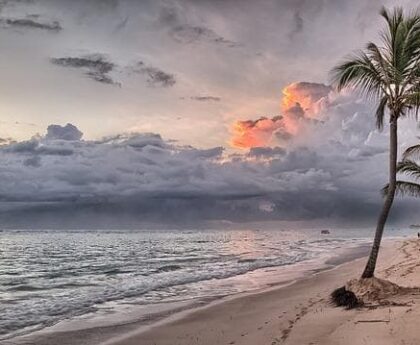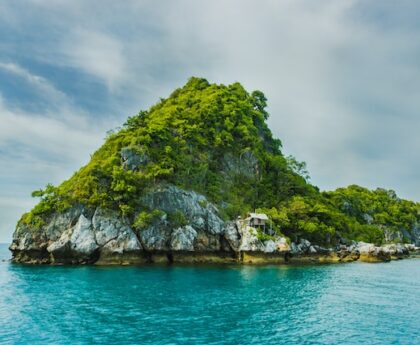Tuvalu is a small archipelago in the Pacific Ocean. The total area of the nine islets is 26 square kilometers, with a population of 11,305 as of mid-2003. Before independence in 1978, this British colony was called the Ellis Islands. The current name means “eight” and indicates the number of inhabited islands in the archipelago (the southernmost islet, Niulakita Atoll, has no permanent population).
The population lives mainly by fishing and scavenging (for example, about a thousand Tuvalu citizens mine phosphates on Nauru). An important component of the national budget is the sale of stamps. And since 2000 the islanders got a new, unexpected article of income: the Internet. The International Commission, which allocates the so-called domain names on the Internet, usually two-letter combinations that end sites and e-mail addresses, has assigned the state of Tuvalu domain tv. Every TV company in the world is flattered to have an address ending in tv, and to register and maintain the address has to pay, so the Tuvalu money flowed. Now the average annual income of an islander is about 720 American dollars.
But the islanders’ main trouble is not their scarcity, but the flat topography of their land. The highest point of the islands rises 5 meters above sea level, and most of the territory protrudes from the sea no more than 2 meters. Meanwhile, at a particularly high tide (and such tides occur twice a month), sea level can rise by 2 meters. If a big tide coincides with a storm, the height of waves exceeds 3 meters. If twenty years ago, flooding on the island usually happened once a year – in February, when the Pacific Ocean storms, now it is almost monthly. The fact is that as a result of human activity and the burning of fossil fuels, the temperature of the Earth is rising and the ice is melting. The temperature of the ocean has also risen, and water, like almost all bodies, expands as a result of heating. Over the past one hundred years, according to various estimates, the ocean level has risen by 10-25 centimeters. Not only the inhabitants of the distant islands, but the Dutch as well think about their future, since most of their country lies below sea level. In strong storms, New Orleans (USA) can also be flooded.
At the 1997 Kyoto conference on measures against global warming, the Prime Minister of Tuvalu expressed his grave concern that his people would be the first victims of global warming. The next candidates for complete disappearance under the waves of the ocean are the Kiribati Atoll and the Maldives. Forty-three islands in different oceans have formed a Union of Small Island States. The Alliance demands monetary reparations from industrialized countries that emit massive amounts of greenhouse gases. Some of the islands, if such reparations can be obtained, intend to surround themselves with dams. Ocean level is now rising by half a centimeter a year. How long will Tuvalu have before it sinks – 50 or 100 years?
But even now life is already difficult for the islanders. Salty ocean water is penetrating into the underground aquifers, and fresh water has become brackish. A desalination plant has been built on the island and another one is about to be built. In any dug hole, if it is deeper than 50 centimeters, salty water appears.
As one travel agent’s advertisement for a trip to Tuvalu reads, “Hurry up and see these fascinating islands, because in a few years you will only be able to visit them by wearing a scuba tank.
The state’s only airfield, with a single runway, was built by the Americans during World War II. The soil for this was taken from the coast, which now adds to the erosion of the coast by the surf.




